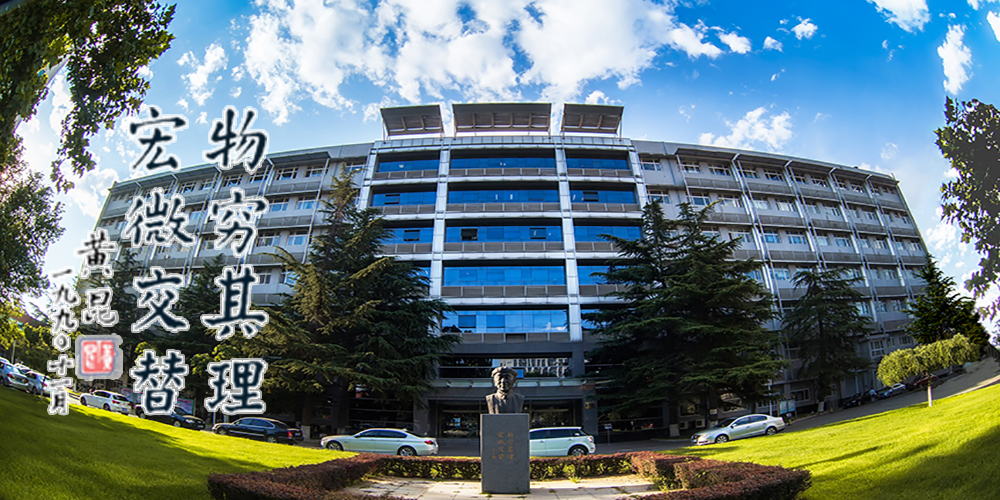Orientation-dependent Rashba spin-orbit coupling of two-dimensional hole gases in semiconductor quantum wells: Linear or cubic
Author(s): Xiong, JX (Xiong, Jia-Xin); Guan, S (Guan, Shan); Luo, JW (Luo, Jun-Wei); Li, SS (Li, Shu-Shen)
Source: PHYSICAL REVIEW B Volume: 105 Issue: 11 Article Number: 115303 DOI: 10.1103/PhysRevB.105.115303 Published: MAR 15 2022
Abstract: Rashba spin-orbit coupling (SOC) described by odd powers of k terms in semiconductor quantum wells (QWs) plays a critical role in spintronics and quantum computing. It was believed that the Rashba SOC in two-dimensional hole gases (2DHGs) is a k-cubic term as the lowest order, in sharp contrast to its electron counterpart in which the leading term is a k-linear term. Our recent work [Phys. Rev. 13 103, 085309 (2021)] uncovered the emergence of k-linear Rashba SOC in 2DHGs arising from their direct dipolar coupling to the external electric field in the presence of heavy-hole-light-hole (HH-LH) mixing. Here, we explore the upper and lower bounds of this k-linear Rashba SOC for 2DHGs in Ge/Si QWs by varying the growth orientations. By performing atomistic pseudopotential method calculations associated with symmetry analysis, we demonstrate that the upper bound of the k-linear Rashba SOC of 2DHGs is in the [110]-oriented QWs, and the lower bound is the vanishment of the k-linear Rashba term, giving rise to purely k-cubic Rashba SOC, in the [111]-oriented QWs with an even number of the well monolayers (MLs). The varying of the well MLs from even to odd can also change the symmetry of QWs and thus produce different types of SOC. In the odd-ML [001]-oriented QWs, we observe a strong Dresselhaus SOC, which is, however, absent leaving behind the k-linear Rashba SOC alone in the even-ML [001]-oriented QWs. We further illustrate that the k-linear Rashba SOC in [001]-oriented QWs and odd-ML [111]-oriented QWs completely arises from the local interface induced HH-LH mixing, whereas in other orientations it is dominated by the QW global symmetry allowed intrinsic HH-LH mixing, which is due to the orientation-dependent breaking of the axial symmetry but is irrelevant to the local interface. We prove that the strongest intrinsic HH-LH mixing appears in the [110] orientation by doing the transformation of the Luttinger-Kohn Hamiltonian, explaining why the upper bound of the k-linear Rashba SOC occurred in the [110]-oriented QWs. Subsequently, we illustrate clearly the strong correlation between the HH-LH mixing and the k-linear Rashba SOC. The k-linear Rashba SOC occurring in odd-ML [001]-oriented QWs but purely k-cubic Rashba SOC in even-ML [111]-oriented QWs provides direct evidence for the hypothesis that the HH-LH mixing observed in [001]-oriented, e.g. GaAs/AlAs, QWs arises from the local interface symmetry C-2v despite it is the nominal prohibition by the QW global symmetry D-2d, considering the HH-LH mixing is forbidden by the global symmetry of both QWs and is allowed by the former rather than the latter local interfaces. Our findings clarify the physical mechanism underlying the orientation dependence of the Rashba SOC and provide design rules to realize k-linear or purely k-cubic Rashba SOC in 2D hole systems.
Accession Number: WOS:000772650500001
ISSN: 2469-9950
eISSN: 2469-9969
Full Text: https://journals.aps.org/prb/abstract/10.1103/PhysRevB.105.115303





